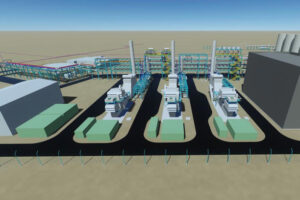Government measures ‘severely impacting’ community energy sector
2018 was the toughest year yet for the community energy sector with new generation capacity shrinking compared to 2017, according to the latest annual report from Community Energy England and Community Energy Wales.
The report finds that in 2018 just 7.9 MW of new community energy capacity was installed, including 0.7 MW across four micro hydro schemes and 7.2 MW across 47 new solar sites, (compared to 33.5 MW of new community energy capacity in 2017).
Emma Bridge, chief executive of Community Energy England said the removal of subsidies like the Feed-In Tariffs, continued planning restrictions around on-shore wind, and no Social Investment Tax Relief for community energy projects have ‘severely impacted’ the sectors ability to create financially viable energy generation schemes.
However, she also praised the sector for diversifying into new markets such as electric vehicles.
‘This year we’ve seen a greater focus on energy efficiency programmes and electric vehicles, as well as schemes investigating flexibility services, demand side response, local energy supply and peer-to-peer (P2P) trading,’ she said.
‘And we must not forget that community energy schemes even in these difficult circumstances are still generating enough electricity to power 64,000 homes; that’s something we are very proud of.’
The State of the Sector report is released in tandem with new polling detailing public attitudes towards community energy, and the start of Community Energy Fortnight 2019, supported by Co-op Energy.
The Co-op Energy polling found that eight in ten, or 82%, of respondents, a record high, think the government should do more to help local communities generate their own energy, and two in three, 69%, think the government should change its mind and once again offer tax relief to those individuals who take the risk of investing in community energy.
Read the report here.















